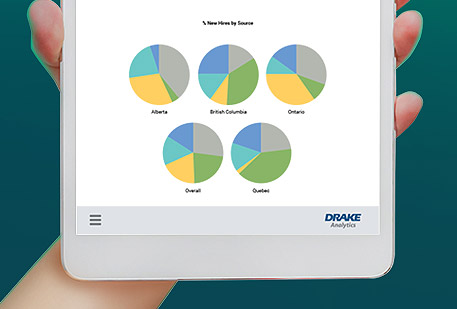Building value through e-learning
Companies used to view training as a necessary expense. But in today’s global workplace, training is now considered an investment.
Workplace education and training has become a multi billion-dollar industry. As with any other investment, a commitment to training is directly related to the expected returns from each dollar invested. One way of assessing the value of these returns is to measure the return on investment (ROI) of a company’s training program.
But What Kind Of Training Are We Talking About? E-learning.
Urgency, unpredictable volumes of work, and geographically dispersed employees working on the same project are challenges facing many companies today.
There is therefore a greater need to provide the kind of training that can be accessed quickly, is available globally, and contains consistent content – while demonstrating that the training initiatives are cost-effective.
The substantial advantages and cost efficiencies of e-learning (or “multimedia learning”) over traditional training are becoming increasingly evident to training departments, which have to convince senior executives that training expenditures will translate into real results.
The cost-efficiency of e-learning is significant compared to traditional instruction.The cost can be reduced further by purchasing off-the-shelf multimedia training on a “per head”basis.
There Are Numerous Other Benefits To The E-learning Training Solution
- Saves time without delaying learning benefits, and with consistently higher learning results.
- Allows the learner to study at his or her own convenience without the necessity of scheduling times for classes.
- Minimizes travel costs and time away from work, so it’s well suited for training employees who are dispersed globally.
- Provides a consistent curriculum for all trainees, yet it can be easily modified to offer more individualized instruction.
- Allows the learner to practise skills in real time. Real-time monitoring of progress can also be made available, so that improvements can be measured and documented.
- Reduces the need for in-house trainers, since instructors do not need to be present while trainees are learning.
Any full-time trainer on staff can be better utilized to assess specific training needs. The e-learning curriculum can be used as the basis for additional, specialized training.
E-learning, with a focus on high-quality instructional design and an engaging learning environment, empowers learners with control, influence, and responsibility over their training experience. This combined method can yield substantial improvements in learning and productivity, which, in turn, positively affects ROI and significantly improves a company’s competitive advantage.
 CA-EN
CA-EN UK
UK AU
AU US
US NZ
NZ PH
PH ZA
ZA SG
SG HK
HK


